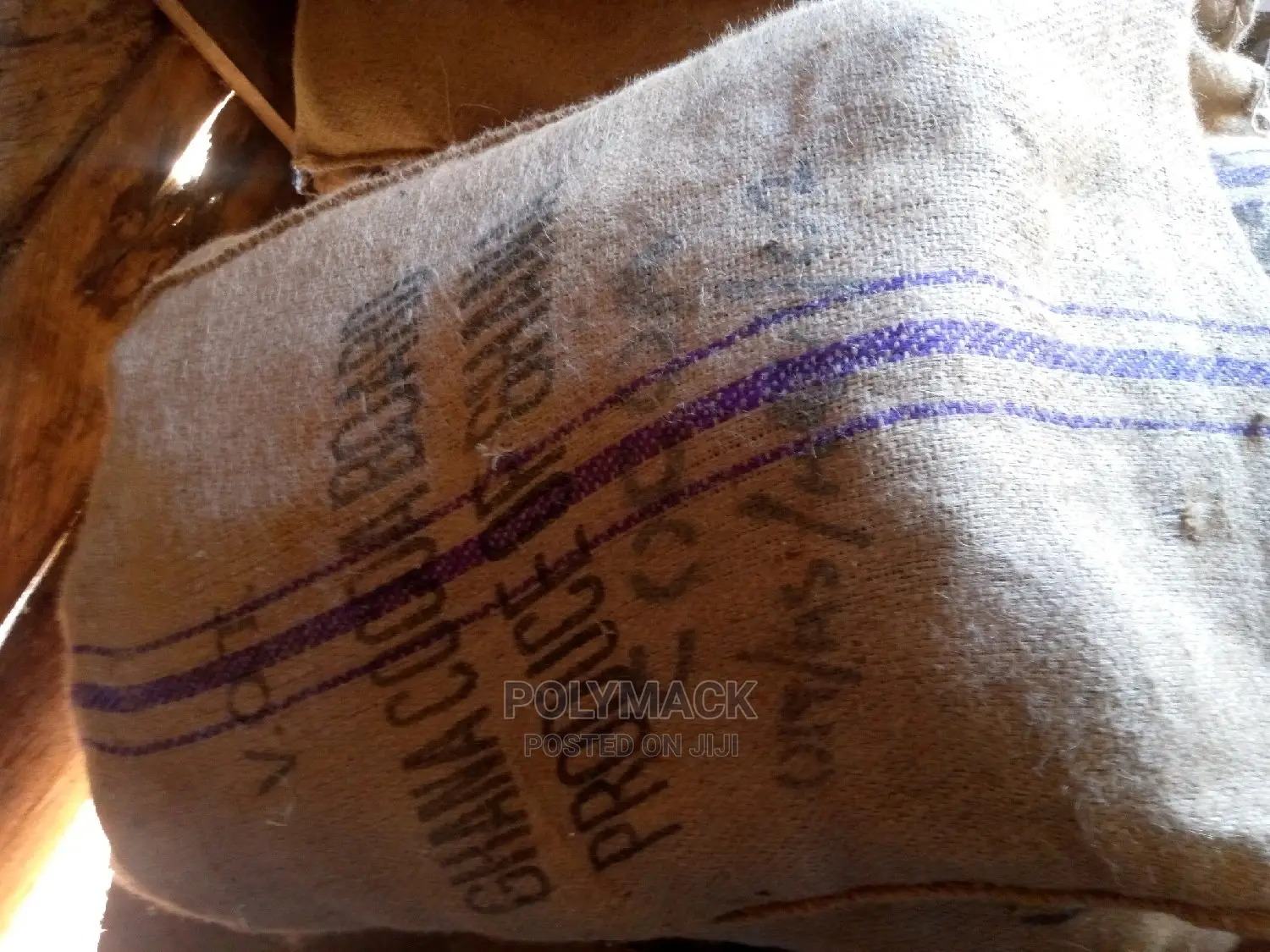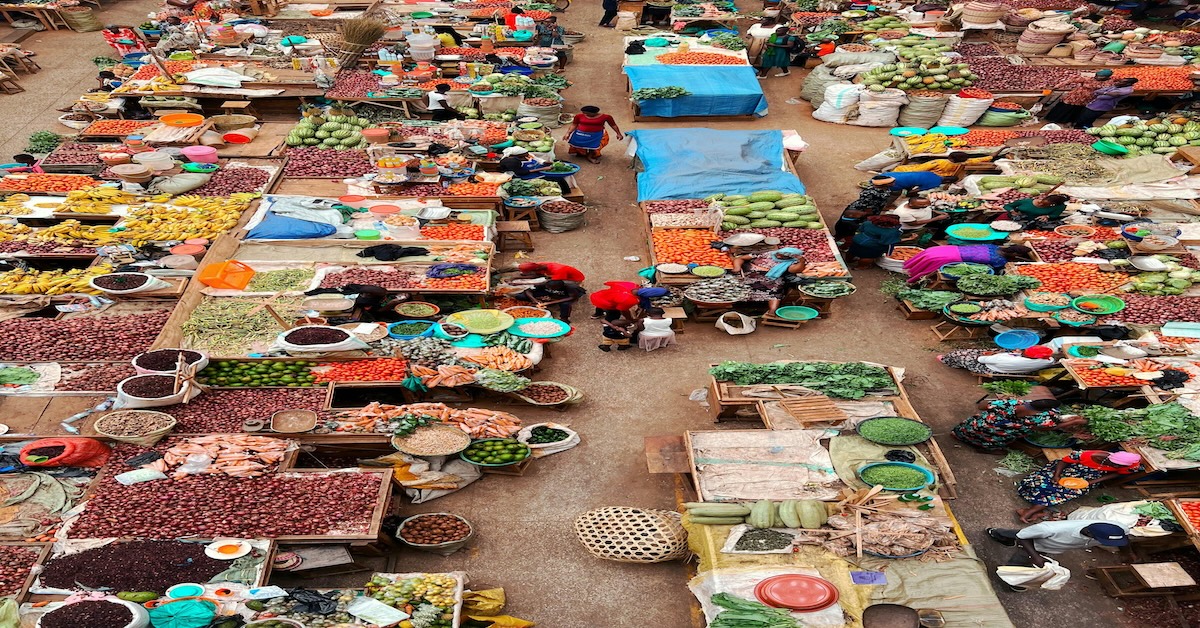Cocoa, the essential ingredient behind some of the world’s favorite treats, has a rich history and a bright future. From its origins as a prized crop in ancient Mesoamerica to its widespread use today, cocoa is more than just the base for chocolate. This versatile plant plays a role in everything from beverages to skincare, and its uses continue to evolve. Let’s take a closer look at cocoa’s journey from bean to a variety of delightful products.
#The Cocoa Bean: The Foundation of a Global Industry
Cocoa comes from the seeds of the cacao tree, Theobroma cacao, native to the tropical regions of Central and South America. The beans are harvested from large, football-shaped pods, which contain a sticky, bitter pulp surrounding the precious seeds. After fermentation and drying, the beans are roasted to bring out the characteristic cocoa flavor.
The key products derived from cocoa include cocoa powder, cocoa butter, and chocolate. But its uses don't stop there. Cocoa has expanded into a variety of industries, and its transformation from bean to product is an art of innovation and tradition combined.
#1. Chocolate
Chocolate is by far the most famous product made from cocoa beans. From dark to milk to white chocolate, each variety has a different ratio of cocoa mass, cocoa butter, and sugar. Dark chocolate, known for its rich flavor and health benefits, has the highest concentration of cocoa, typically around 70% or more. Milk chocolate, loved for its creaminess and sweetness, contains less cocoa but is combined with milk solids, sugar, and sometimes vanilla. White chocolate, though not technically "chocolate," is made with cocoa butter, sugar, and milk, offering a rich and buttery taste without the cocoa solids.
Chocolate can be found in many forms: bars, truffles, pralines, and even hot cocoa mixes, making it a staple in sweet indulgence across the world.
#2. Cocoa Powder
Cocoa powder is the unsung hero of the baking world. After cocoa beans are roasted, they’re processed into cocoa mass, which is then pressed to remove the cocoa butter. The remaining solids are finely ground to produce cocoa powder. There are two main types: natural cocoa powder and Dutch-processed cocoa powder, which is treated with an alkali to neutralize the acid and provide a smoother, milder flavor.
Cocoa powder is used in countless recipes, from cakes and cookies to savory dishes and beverages. It adds a rich depth of flavor to baked goods, ice creams, and even chili. For many, a mug of hot cocoa made with cocoa powder is a comforting treat that evokes warmth and nostalgia.
#3. Cocoa Butter
Cocoa butter is the fat extracted from cocoa beans. With a mild, pleasant scent and a smooth texture, cocoa butter has many applications, both in food and cosmetics. In chocolate, cocoa butter plays a critical role in giving the treat its glossy finish and smooth melt. It is a crucial ingredient in the production of high-quality chocolates.
Beyond food, cocoa butter is a staple in the beauty and skincare industry. It is known for its moisturizing and healing properties and is often used in lotions, body butters, lip balms, and even to soothe skin after sun exposure. Rich in antioxidants and fatty acids, cocoa butter helps promote healthy, glowing skin.
#4. Cocoa Nibs
Cocoa nibs are pieces of roasted cocoa beans, chopped into small bits. They are crunchy, intensely flavorful, and often used in a variety of ways. Cocoa nibs are packed with antioxidants and are an excellent source of fiber. You’ll often find them sprinkled over granola, yogurt, or salads, or used in baked goods for a crunchy chocolate-like texture.
They can also be ground into cocoa liquor (or cocoa mass), which is the base ingredient for making chocolate. Nibs are ideal for those who want to enjoy the full, unrefined flavor of cocoa.
#5. Cocoa-Infused Beverages
Cocoa has long been enjoyed as a warm beverage, with hot chocolate being a beloved classic. However, its use in beverages extends far beyond the traditional mug of cocoa. Cocoa can be found in protein shakes, smoothies, coffee blends, and even alcoholic drinks like the famous chocolate martini or cocoa-infused liquors.
The versatility of cocoa in drinks allows it to be paired with many different flavors, from spices like cinnamon to fruits like orange or cherry. The result is a wide range of beverages catering to various palates, whether you're seeking something comforting or adventurous.
#6. Cocoa in Savory Dishes
Though primarily associated with sweet foods, cocoa has also found its place in savory cuisine. Its deep, slightly bitter taste can enhance the richness of sauces, particularly in dishes like mole, a traditional Mexican sauce made with cocoa, chili peppers, and spices. Cocoa adds depth to the flavor profile of stews, barbecue sauces, and even certain meat dishes, showcasing its versatility in the culinary world.
#7. Cocoa in Pharmaceuticals and Health Products
Cocoa is also known for its numerous health benefits, largely attributed to its high levels of flavonoids, antioxidants, and minerals. Cocoa has been studied for its potential to improve heart health, boost cognitive function, and reduce inflammation. It is often included in dietary supplements and wellness products aimed at improving overall health.
Dark chocolate, in particular, is widely regarded for its heart-healthy benefits, with studies suggesting that moderate consumption may help lower blood pressure and improve blood flow.
#Conclusion: The Ever-Growing Legacy of Cocoa
Cocoa's rich history, combined with its versatile range of uses, makes it a cornerstone of global culture. From chocolate bars to beauty products, the cocoa bean has evolved beyond its traditional role in confectionery to become a beloved ingredient in diverse industries. As demand for sustainable and high-quality cocoa grows, it’s clear that this humble bean will continue to sweeten our lives in ever-expanding ways.



